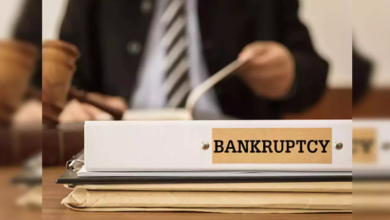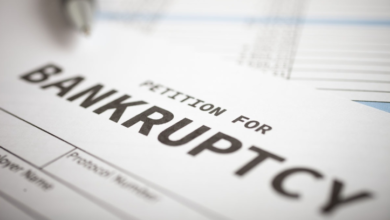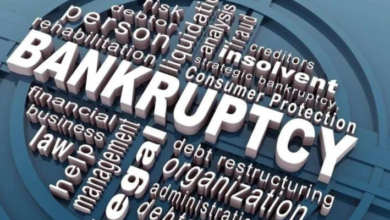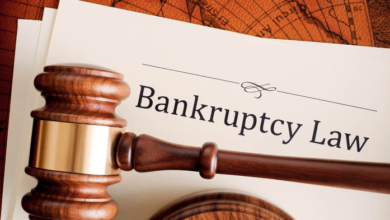Rebuilding Credit After Bankruptcy: Steps to Take

Filing for bankruptcy is overwhelming but an opportunity for a start anew. Although bankruptcy makes an enormous difference in your credit score, you are likely to get your credit back again and regain financial stability if you put in time and effort. Here are essential steps to help you make a move effectively forward.
Review Your Credit Report
First, obtain your credit reports from the three major credit reporting agencies: Experian, Equifax, and TransUnion. Discharge any mistakes or incorrect information on your credit report, which could show discharged debts as still owing. Dispute the mistakes immediately so that your credit report accurately reflects your current situation.
Establish Budget
Sticking to and developing a realistic budget is also very important after bankruptcy. A budget helps you regulate spending, prioritize saving, and avoid falling into debts again. Track your income and expenses extensively, making sure that you live within your means with some form of emergency safety.
Use a Secured Credit Card
You use a secured credit card as one tool in rebuilding credit. You put up a certain amount of money to get one, which in most cases will be your credit limit. Make small purchases you can easily afford on the card; then, pay off the balance every month in full. In time-just with consistent and responsible use of the card-your credit profile will begin to grow strength, thus improving your score.
Explore Credit-Builder Loans
Credit-builder loans are designed to help people either build or rebuild their credit. These loans work by having you make fixed monthly payments that are reported to the credit bureaus. The money you borrow will be put in a locked account, only released to you when you have made all your payments. This strategy does two things: it strengthens your credit and builds the habit of saving.
Pay Bills in Time
Your payment history is one of the most influential elements on your credit score. Pay bills on time regularly, which will show that you are financially responsible and, over time, pump up your credit in that respect. Set up automatic payments or calendar reminders so you don’t forget due dates.
Keep Utilization of Credit Low
Credit utilization refers to the degree of credit presently in use that is available to you. Keeping this ratio below 30 percent-and even further below 10 percent-will help your credit rating. So, if your credit limit is $1,000, you should try not to use more than $300 of that credit at any one time.
Rebuilding Credit with Discipline
As you work on improving your credit, you might find yourself asking, Is 644 a good credit score? While a 644 score is considered “fair,” it shows you’ve made progress but still have room to grow. Maintaining responsible credit habits will help you move toward the “good” range and unlock better financial opportunities.
Diversify Your Credit
Lenders often view a well-rounded credit profile.moves in a positive direction when revolving credit, which generally includes credit cards, is paired with installment loans, such as an auto loan or mortgage. Adding responsible help that can further diversify the types of credit will go a long way to helping your creditworthiness. It would be important first to consider how well you can handle new financial responsibilities before adding more credit to avoid putting your finances under unnecessary stress or pressure.
Common Pitfalls to Avoid
When rebuilding credit after bankruptcy, here are certain common mistakes you should avoid to get in the way of your progress:
Too Many Credit Applications: Each credit application opens a hard inquiry that commonly reduces the scores temporarily. Only apply for credit when something absolutely needs to be done.
Neglecting to Monitor Your Credit Report: Regularly reviewing your report ensures you track progress and spot potential errors or fraudulent activity early.
Adding new debt unwisely: Do not take on debt that you are not in a position to pay back. If you do so, this may derail your efforts at rebuilding credit.
Stay the Course
Rebuilding credit takes time, and it isn’t going to happen overnight. The key is to be consistent with responsibly managing your finances. Every on-time payment, low credit utilization rate, and error fixed on your report counts toward your progress.
A Brighter Financial Future
Bankruptcy feels like defeat, but it is a second chance-a clean slate. You will steadily rebuild your credit profile by following these steps in reviewing your credit report, managing your budget, responsible use of credit, and avoiding pitfalls. The journey requires patience and discipline but is well worth the rewards of financial independence and stability.



